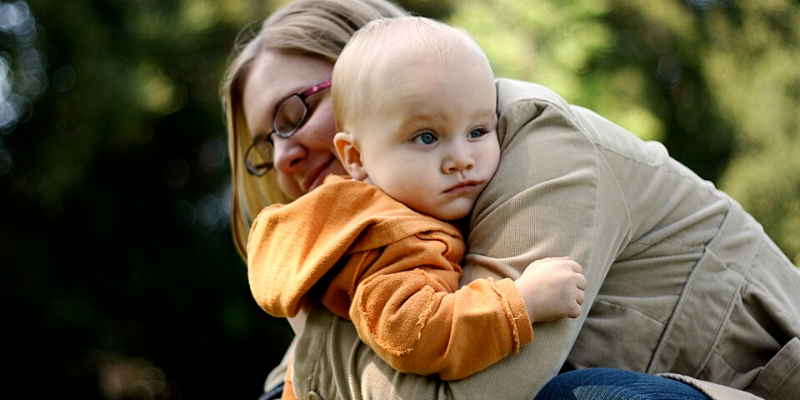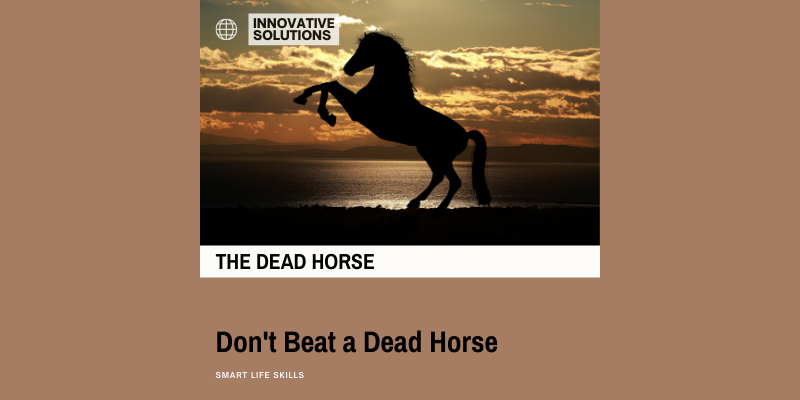The first year of a child’s life lays the foundation for lifelong emotional, social, and cognitive growth. During this critical phase, positive parenting—an approach rooted in warmth, responsiveness, and attunement—promotes secure attachment and healthy development. Drawing from reputable textbooks, journal articles, and websites, this article outlines practical, evidence-based tips for parents to support infants aged 0–12 months.
1.0 Build Secure Attachment through Maternal Sensitivity
Maternal sensitivity—the ability to perceive, interpret, and respond appropriately to an infant’s cues—is essential for fostering a secure attachment, which supports the infant’s emotional regulation and long-term well-being (Ainsworth, 1978; Karl and Broom, 1995). Research indicates that when parents respond consistently and positively to their baby’s signals, it enhances the child’s capacity for self-control and empathy later in life (Maternal Sensitivity, 2025). Importantly, contextual stress—such as parental anxiety or low social support—can undermine sensitivity (Booth, Macdonald and Youssef, 2019). Therefore, parents should also prioritise their own mental health and support networks.
2.0 Foster Language Development through Responsive Interaction
Talking, repeating, and expanding upon infants’ vocalisations help build early language skills. The CDC (2025) recommends responding when a baby makes sounds by echoing and adding words. Similarly, reading and singing aloud nurtures both language development and emotional bonding (CDC, 2025). These interactive experiences are simple yet powerful tools to encourage early communication and cognitive growth.
3.0 Promote Bonding through Skin-to-Skin Contact (Kangaroo Care)
Kangaroo care, or skin-to-skin contact (SSC), originates from neonatal care but is also beneficial for full-term infants. The World Health Organization endorses its use, citing improvements in neurodevelopment, weight gain, breastfeeding success, and reduced infection risk (Kangaroo Care, 2025). Additionally, kangaroo care enhances parental confidence, reduces anxiety, and deepens bonding—benefitting both mothers and fathers (Kangaroo Care, 2025).
4.0 Encourage Attachment through Babywearing
Babywearing, holding an infant close in a sling or carrier, offers numerous benefits. It increases oxytocin levels, calms the baby, supports breastfeeding, strengthens parent-child bonding, and even aids in motor and social development (Sears, 2025). It also helps prevent positional plagiocephaly (flat head syndrome) and supports hip development. These advantages make babywearing a nurturing and practical way to carry infants while going about daily life (Babywearing, 2025).
5.0 Establish Routines and Safe Sleep Practices
Creating consistent routines around feeding, sleeping, and play supports infants’ sense of security. The CDC (2025) emphasises the importance of following developmental milestones and ensuring consistent, loving interaction to help babies thrive. Safe sleep practices, such as placing babies on their backs to reduce the risk of SIDS, avoiding soft bedding, and maintaining a smoke-free environment, are crucial for infant safety (CDC, 2025).
6.0 Promote Reflective Parenting
Reflective parenting encourages caregivers to consider their baby’s mental and emotional states—not just behaviours. By imagining the baby’s thoughts and feelings, parents can respond more sensitively, supporting the child’s emotional regulation and cognitive ability (Fonagy et al., 2002; Slade et al., 2005). This reflective approach strengthens parent-child bonds and nurtures the infant’s emerging self-regulatory capacity.
7.0 Honour the Continuum Concept—Respond with Sensitivity and Physical Closeness
Jean Liedloff’s Continuum Concept advocates for evolutionary-aligned parenting practices, such as immediate post-birth contact, constant carrying, responsive feeding, and co-sleeping, to foster emotional stability and secure independence (Liedloff, 1975). While modern families may adapt these ideas to fit contemporary life, the underlying principle—meeting infants’ innate needs through closeness and responsiveness—remains relevant and supportive.
8.0 Recognise Developmental Milestones
Awareness of developmental milestones helps parents recognise typical patterns of growth, from smiling and waving to crawling and first steps. The National Center on Birth Defects and Developmental Disabilities (2024) highlights these skills between 0–1 year as crucial for caregivers to monitor and support. Knowing what to expect allows parents to provide timely stimulation and reassurance.
9.0 Use Positive Touch and Attentive Interaction
Gentle caressing, stroking, and cuddling reduce stress hormones (like cortisol) and increase oxytocin, strengthening emotional bonds (Gartstein, 2018). Attuned interaction—through eye contact, smiles, and affection—helps infants feel secure and valued, enhancing emotional development (Gartstein, 2018).
10.0 Value Self-Care and Support Networks
Parenting an infant can be physically and emotionally demanding. The CDC (2025) emphasises the importance of parents caring for their own wellbeing—physically, mentally, and emotionally—to remain positive, engaged caregivers. A recent survey also found that many parents regret not trusting their instincts and seeking support, highlighting the importance of asking for help and avoiding perfectionism (Sun-Sweet Growers, 2025).
Summary Table of Key Tips
| Tip | Summary |
| Maternal sensitivity | Respond accurately to cues for secure attachment |
| Language interaction | Talk, read, and sing to support language and bonding |
| Skin-to-skin contact | Promote physiological wellbeing and emotional bonding |
| Babywearing | Increase closeness and developmental support |
| Safe routines | Establish routines and safe sleep habits |
| Reflective parenting | Consider infant’s mental state for sensitive responses |
| Continuum concept | Use physical closeness and responsive care |
| Milestones awareness | Track and stimulate developmental progress |
| Positive touch | Use affectionate interaction to reduce stress |
| Parental self-care | Prioritise your wellbeing and accept support |
Raising an infant is simultaneously one of the most challenging and gratifying experiences in life. Through positive parenting—characterised by sensitivity, attunement, interaction, and self-care—parents can nurture a secure, communicative, and emotionally resilient child. From responding to early cues to embracing touch, carrying, and reflection, each act fosters growth in both infant and parent alike. Remember: no caregiver is perfect, but kindness, presence, and self-compassion go a very long way.
References
Ainsworth, M.S. (1978) Infant–Mother Attachment. American Psychologist.
Babywearing (2025) Wikipedia. Available at: https://en.wikipedia.org/wiki/Babywearing (Accessed: 11 August 2025).
Booth, A.T., Macdonald, J.A. and Youssef, G.J. (2019) ‘Contextual stress and maternal sensitivity: a meta-analytic review’, arXiv. Available at: https://arxiv.org/abs/1908.09968 (Accessed: 11 August 2025).
CDC (2025) Positive parenting tips: infants (0–1 years). Available at: https://www.cdc.gov/child-development/positive-parenting-tips/infants.html (Accessed: 11 August 2025).
Fonagy, P., Gergely, G., Jurist, E.L. and Target, M. (2002) Affect Regulation, Mentalization and the Development of the Self. New York: Other Press.
Gartstein, M.A. (2018) ‘How to raise a happy baby’, Parents.com. Available at: https://www.parents.com/baby/care/american-baby-how-tos/how-to-have-a-happy-baby (Accessed: 11 August 2025).
Kangaroo Care (2025) Wikipedia. Available at: https://en.wikipedia.org/wiki/Kangaroo_care (Accessed: 11 August 2025).
Karl, I.M. and Broom, M. (1995) in Ainsworth, M.S., updated definition of maternal sensitivity.
Liedloff, J. (1975) The Continuum Concept. London: Penguin.
Maternal Sensitivity (2025) Wikipedia. Available at: https://en.wikipedia.org/wiki/Maternal_sensitivity (Accessed: 11 August 2025).
National Center on Birth Defects and Developmental Disabilities (2024) Positive parenting tips for healthy child development 0-1 year. Available at: https://www.wvdhhr.org/wvhomevisitation/infant_care/infants_0_1.pdf (Accessed: 11 August 2025).
Sears, W. (2025) The benefits of babywearing. Available at: https://en.wikipedia.org/wiki/Babywearing (Accessed: 11 August 2025).
Slade, A., Grienenberger, J., Bernbach, E., Levy, D. and Locker, A. (2005) ‘Maternal reflective functioning, attachment, and the transmission gap: A preliminary study’, Attachment & Human Development, 7(3), pp. 283–298.
Sun-Sweet Growers (2025) ‘Parenting insights survey’. Available at: https://www.thesun.co.uk/fabulous/33476149/parenting-tips-give-younger-self-help-terrible-twos-family (Accessed: 11 August 2025).













